
At room temperature and working temperature, the structure of heat-resistant structural steel is pearlite or pearlite plus a small amount of ferrite. Its typical representative steel grades are low-alloy CrMo steel, CrMoV steel, CrSi steel, and CrNiMo steel. Heat-resistant structural steel is widely used in steam turbines, boilers and pressure vessels, petrochemical industries and other industries. It is mostly used in heat exchanger tubes and high-pressure vessels. The heat-resistant structural steel has a small thermal expansion coefficient, large thermal conductivity, and good process performance. The service temperature is 450-620℃. The content of alloying elements is generally less than 5%.
It is worth pointing out that European standards call steel with a sum of alloying elements less than 5% as low-alloy steel, and steel with more than 5% as high-alloy steel, such as stainless steel and tool steel. Other foreign standards have similar situations. According to this definition, China's alloy structure steel is low-alloy steel, which is mixed with GB/T 1591. The basic standard of alloy structural steel in China is GB/T 3077, the standard of plate is GB 713, GB/T 11251, etc., and the standard of steel pipe is GB 5310, GB/T 6479, GB/T 8162, GB 9948, etc. Standards similar in foreign countries are ASTM A29, ASTM A829, ASTM A506, ASTM A514, ASTM A519, ASTM A53; JIS G 3441; EN 10083-1, EN 10297; ISO 683-1 (10, 11), ISO 9328-2 ~6, ISO 9329-1~3, etc.
Just like you, 70% customers choose long-term cooperation with BBN steel not only for our good product and service quality, good reputation in the international market, but also for our experienced one-stop raw material supply and further steel processing!

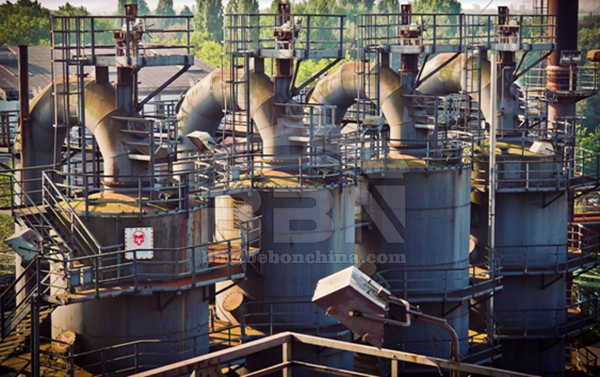
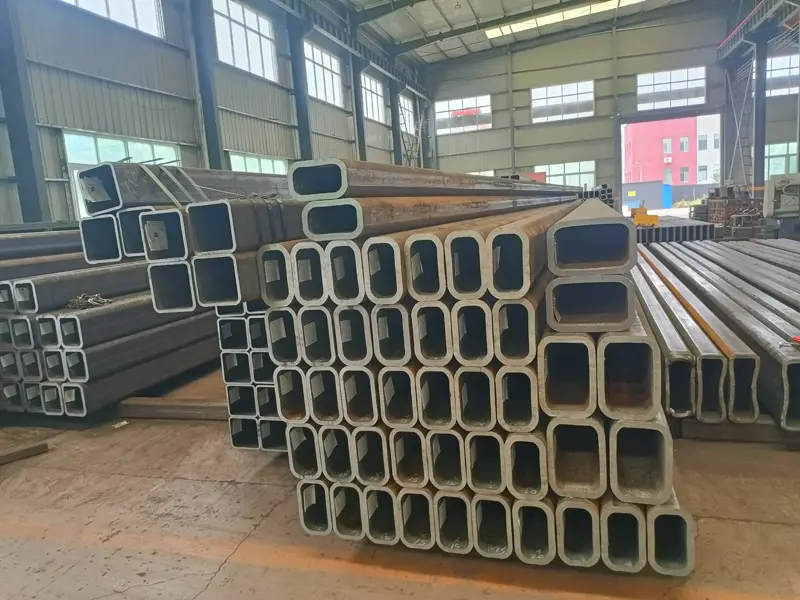
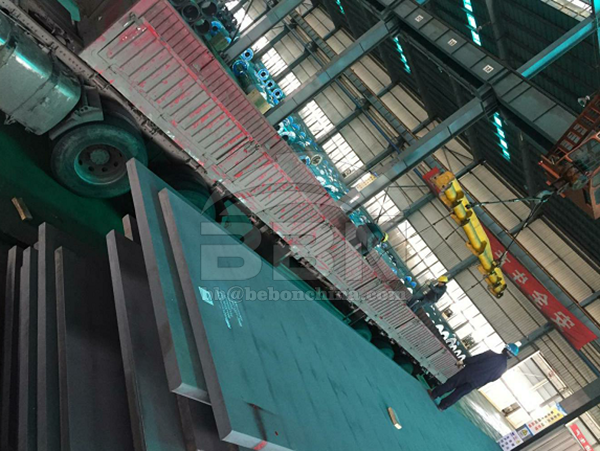
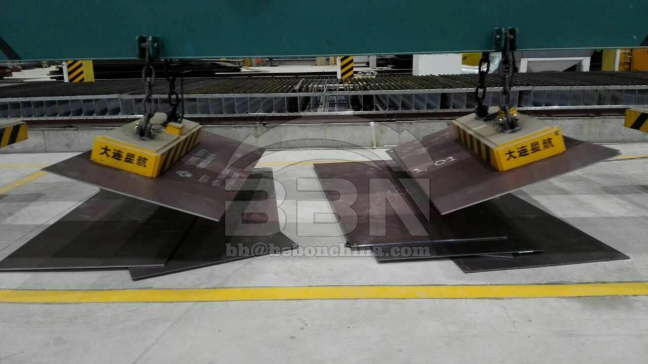


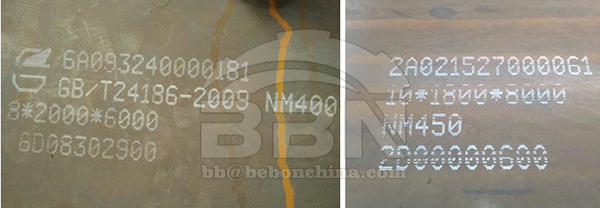
Henan BEBON Iron&Steel co.,ltd.